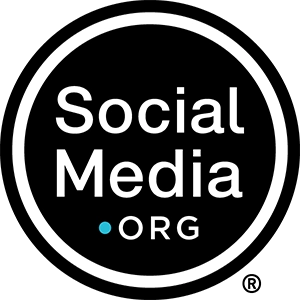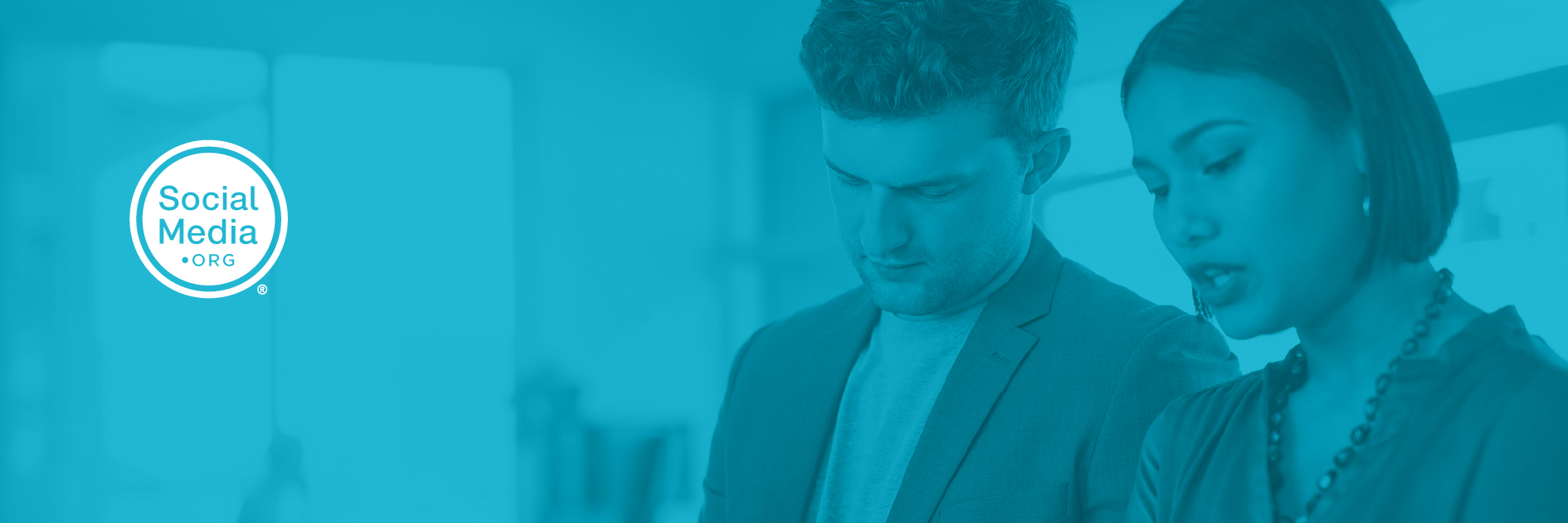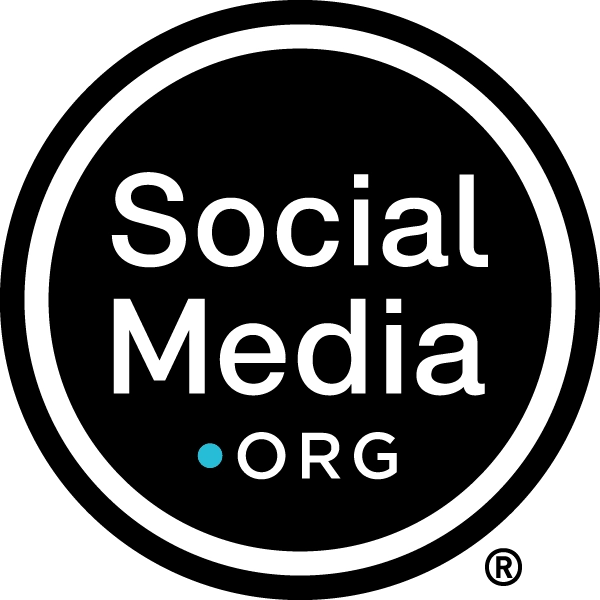Key takeaways:
- Social listening tools are indispensable for preemptively identifying brand risks by analyzing social media conversations, shares, and mentions, enabling strategic crisis management decisions.
- Dashboards and automated alerts provide real-time insights into brand activity, essential for proactive crisis response strategies, as demonstrated by USPS’s customized dashboards and heat maps.
- Proactively leveraging tools like Talkwalker and collaborative efforts across business units, as seen in examples from Walmart and Intel, are crucial for anticipating and mitigating potential brand threats before they escalate.
Social listening tools are critical for identifying potential risks companies face. These tools help analyze the conversations happening on social media platforms about your brand, including shares and mentions, which can then help make strategic decisions on how to respond to any crises that may arise.
During an expert-led panel discussion hosted by SocialMedia.org, senior leaders at Intel, Walmart, and the USPS shared insights on how they use social listening tools to get ahead of threats to their brands.
Let’s take a look at some of the tools senior social media leaders are leveraging to mitigate risks to their brands and some of the best practices SocialMedia.org members say can help in crisis management.
Which Social Listening Tools Can Help Mitigate Risks?
It’s important to have a social media crisis playbook established in the case a threat comes to your brand. Part of that crisis playbook should include leveraging social listening tools to proactively get ahead of risks to your organization.
Use Dashboards to Track Social Media Threats
These tools should help you track what’s being said about your brand on social media, and according to Mary Beth Levin, Manager of Social Media Strategy and Analytics at USPS, having dashboards that track trends is one of the essential tools to help.
“We do have things set up where we can look at trending tags or top tags in terms of absolute and relative numbers, and that helps,” Mary Beth said. “We can always look up at the dashboard and see what’s going on. So something on the website that goes up 150%, that tells us that something is going on.”
But while these dashboards can help manage the trends and provide data to track the activity of your brand, Mary Beth explained how it’s not feasible to only rely on dashboards. She shared how an automatic alert setup and maps that display trending concerns also helps her team at USPS in social customer response when risks pop up.
“We actually built out our own heat map, which maps down the phone and five digit ZIP Code where our customers’ concerns are coming from,” Mary Beth said. “Rather than a POS customer survey where that data may be sequestered, they understand that anyone can see what’s posted.”
We actually built out our own heat map, which maps down the phone and five digit ZIP Code where our customers’ concerns are coming from.
Mary Beth Levin, Manager of Social Media Strategy and Analytics at USPS
She explained how providing this data to her team and customers has created positive changes to their crisis response strategy.
“We’ve seen the volume of customer concerns from those areas go down anywhere from 31 to 54%. And we’ve seen the number of call volume from those areas go down by 18%, as well. So when you make the data accessible to folks, it really can make a difference,” she said.
Use Social Listening Tools to Segment Social Media Activity
It’s also important to have social listening tools to segment responses to specific events. Andrew Nestor, Senior Manager of Digital Strategy and Brand Engagement at Walmart, shared some of the social listening tools that help his team track risks at specific locations.
NewsWhip is also a really great tool in our arsenal to see how things are trending in terms of news and how they’re being shared on social media.
Andrew Nestor, Senior Manager of Digital Strategy and Brand Engagement at Walmart
“We use a number of different tools for publishing. From seeing how things are trending in the news and alerts,” Andrew said. “We’re using Sprout Social for publishing heavily.”
He said the social team at Walmart also gets good functionality out of competitive reports from Sprout Social.
“NewsWhip is also a really great tool in our arsenal to see how things are trending in terms of news and how they’re being shared on social media,” he added.
Tools Can Be Used to Get Ahead of Threats
Reinaldo Parreiras, Global Head of Community at Intel, explained how his team also leverages Sprout Social, but also uses various social listening tools to get ahead of risks before they become critical to their brand.
“We’re using Talkwalker, but also Sprinklr, and then NewsWhip, which is definitely helpful when there’s something trending and then trying to identify it before it grows and gets bigger,” Reinaldo said.
Having the right tools in place is a key step in mitigating risks when they arise, but what if you want to get ahead of threats before they happen? Mary Beth, Andrew, and Reinaldo explained how being proactive about identifying risks is essential for brand reputation.
Best Practices to Get Ahead of Threats to Your Brand
Keeping a pulse on what’s happening to your brand before it becomes an issue is important. But for organizations with locations in so many parts of the world, how can you track what’s happening everywhere at once?
Tracking Risks at Numerous Locations
Andrew Nestor explained how Walmart’s social listening tools help them track localized events with so many locations to manage.
With over 4,500 locations in the U.S. alone, Andrew said social listening tools are vital for tracking trends in specific locations, which help identify crises before they become detrimental to brand reputation.
“We’re seeing more and more localized viral events on the store pages where we may have to help address an issue or help flag things for management at those locations at the stores,” Andrew said.
Mary Beth explained how her team at USPS has alerts set up when the volume of mentions to their social customer response team increases. They then respond accordingly to the posts where they are tagged the most or have the most interactions.
“We also set up real-time alerts for particular constituencies,” She said. “It may be different, it may be members of Congress, or certain reporters, or influencers in your agency – we set up those real-time alerts as a way of getting ahead of it in real time.”
Every day, we look at top hashtags, top SEO findings, and top links being shared. It’s an automated process where it’s sent to us so we’re not constantly going back and forth and staring at monitors.
Mary Beth Levin, Manager of Social Media Strategy and Analytics at USPS
She explained how when changes happen in legislation, for example, their alert systems help create a timely response in order to get ahead of potential risks to their brand.
“Every day, we look at top hashtags, top SEO findings, and top links being shared. It’s an automated process where it’s sent to us so we’re not constantly going back and forth and staring at monitors,” she added.
Collaborate with Business Partners to Mitigate Risks
But being proactive is not an easy task for social media leaders. It requires collaboration between other business units, which is a complicated process in itself. Reinaldo explained that being proactive is ideal, but addressing crises with applicable playbooks is a key step in protecting brand reputation.
He explained that one of the best practices all social media leaders should implement is responding to risks when they happen by creating content that addresses how the brand is responding and by engaging with customers.
When COVID-19 broke in, we provided a playbook to everybody saying, ‘Hey, this is how we’re going to approach things moving forward, at least for the next month or so.
Reinaldo Parreiras, Global Head of Community at Intel
But one of the best practices he explained was cross training global teams on how they should all respond to crises, which creates alignment with their missions and values. One example Reinaldo shared was how their crisis playbook helped manage communications during the beginning of the COVID-19 pandemic.
“When COVID-19 broke in, we provided a playbook to everybody saying, ‘Hey, this is how we’re going to approach things moving forward, at least for the next month or so’,” Reinaldo explained. “We did provide proactive playbooks, guidelines, and recommendations on how we would approach things. It does help, as well as having the right infrastructure in place to processes and people monitoring all the conversation.”
How Social Media Leaders Leverage Social Listening Tools
This SocialMedia.org panel discussion on brand reputation and activating your social media crisis playbook was an opportunity for Andrew Nestor, Mary Beth Levin, and Reinaldo Parreiras to benchmark how they’re proactively identifying social media risks, using social listening tools, escalating and coordinating a response on social media, and more.
While this conversation provided great leadership insight, there is much more that happens in SocialMedia.org where members are able to benchmark with their peers in real time.
Members get support every day from their peers to make strategic decisions to advance their initiatives. Those who lead social media at a large organization have the opportunity to learn from their peers too.


